Sustainability Initiatives
The Floating Docks Market is increasingly influenced by sustainability initiatives aimed at reducing environmental impact. As awareness of climate change grows, there is a rising demand for eco-friendly solutions in marine infrastructure. Floating docks, often constructed from recyclable materials, align with these initiatives by minimizing disruption to aquatic ecosystems. Furthermore, the industry is witnessing a shift towards renewable energy integration, with floating docks being utilized for solar panel installations. This trend not only enhances the functionality of floating docks but also contributes to energy generation, thereby appealing to environmentally conscious consumers. The market is projected to grow as more stakeholders prioritize sustainable practices, potentially leading to a compound annual growth rate of around 5% over the next few years.
Technological Advancements
Technological advancements play a pivotal role in shaping the Floating Docks Market. Innovations in materials and design have led to the development of more durable and versatile floating dock systems. For instance, the introduction of advanced composite materials enhances the strength and longevity of floating docks, making them suitable for various applications, from recreational boating to commercial shipping. Additionally, the integration of smart technologies, such as monitoring systems for structural integrity and environmental conditions, is becoming increasingly prevalent. These advancements not only improve safety and efficiency but also attract investment in the floating docks sector. As technology continues to evolve, the market is likely to experience a surge in demand, with projections indicating a potential increase in market size by approximately 6% annually.
Increased Recreational Boating
The Floating Docks Market is experiencing growth due to the rising popularity of recreational boating. As more individuals seek leisure activities on water, the demand for reliable and accessible docking solutions has surged. Floating docks provide an ideal solution for marinas and private boat owners, offering flexibility and ease of use. The increase in disposable income and a growing interest in outdoor activities have contributed to this trend. According to recent data, the recreational boating sector is projected to expand by approximately 4% annually, which directly influences the floating docks market. This growth is likely to encourage manufacturers to innovate and diversify their product offerings, catering to the evolving needs of boaters and enhancing the overall market landscape.
Regulatory Support and Incentives
Regulatory support and incentives are emerging as key drivers in the Floating Docks Market. Governments are increasingly recognizing the importance of sustainable marine infrastructure and are implementing policies that promote the use of floating docks. These regulations often include financial incentives for projects that utilize environmentally friendly materials and technologies. Additionally, streamlined permitting processes for floating dock installations are encouraging more developers to invest in such solutions. This supportive regulatory environment is expected to stimulate market growth, with estimates suggesting a potential increase in market activity by 5% over the next few years. As stakeholders navigate these regulations, the floating docks industry is likely to see enhanced collaboration between public and private sectors, fostering innovation and expansion.
Urbanization and Waterfront Development
The Floating Docks Market is significantly driven by urbanization and waterfront development projects. As cities expand, there is a growing need for innovative solutions to utilize waterfront spaces effectively. Floating docks offer a practical approach to enhance urban waterfronts, providing additional space for recreational activities, commercial ventures, and tourism. This trend is particularly evident in metropolitan areas where land is scarce, and waterfronts are being transformed into vibrant hubs. The market is expected to benefit from government investments in infrastructure, with many regions allocating funds for waterfront revitalization projects. This could lead to an estimated growth rate of around 7% in the floating docks sector as urban planners increasingly recognize the value of integrating floating structures into city landscapes.


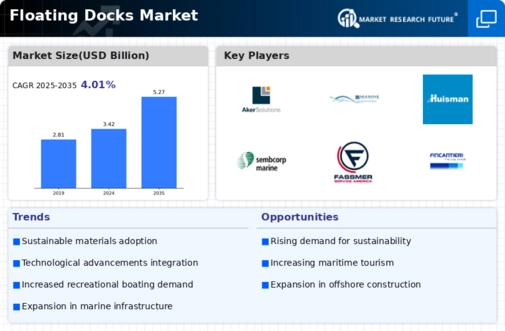
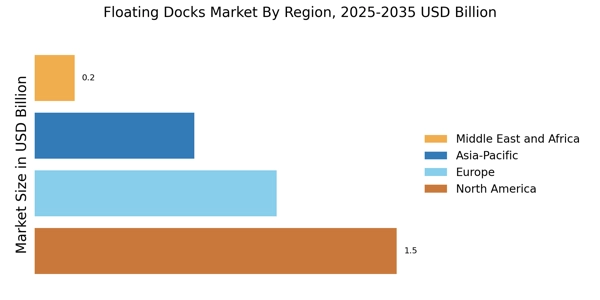
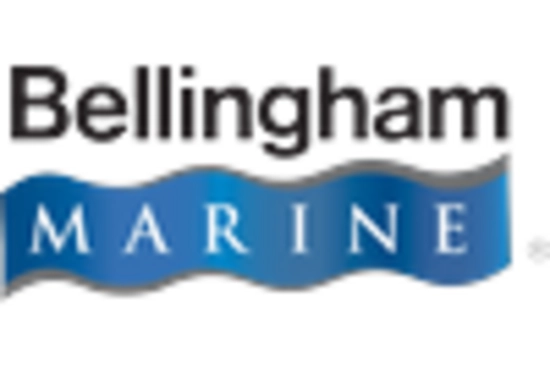
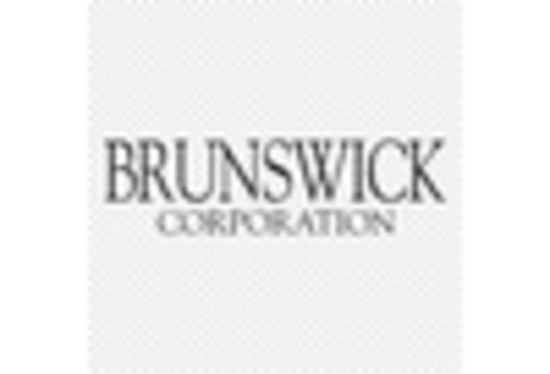
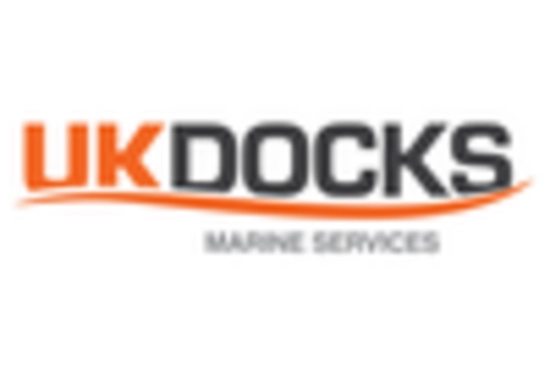
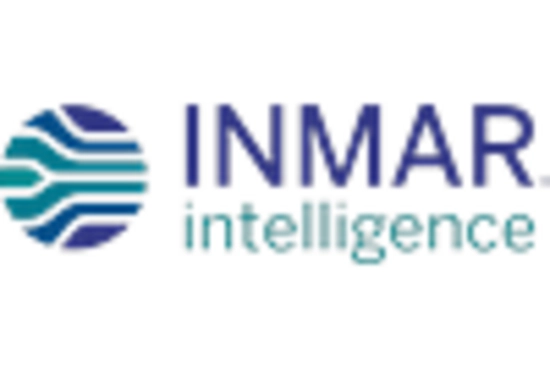
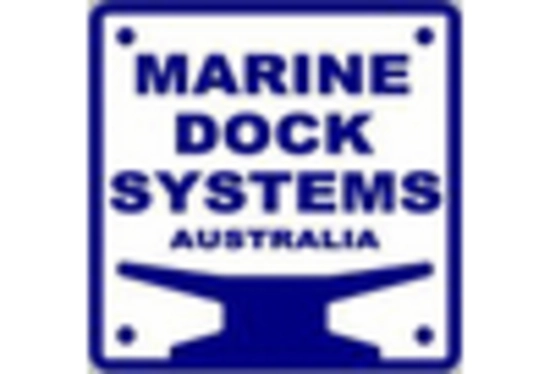









Leave a Comment